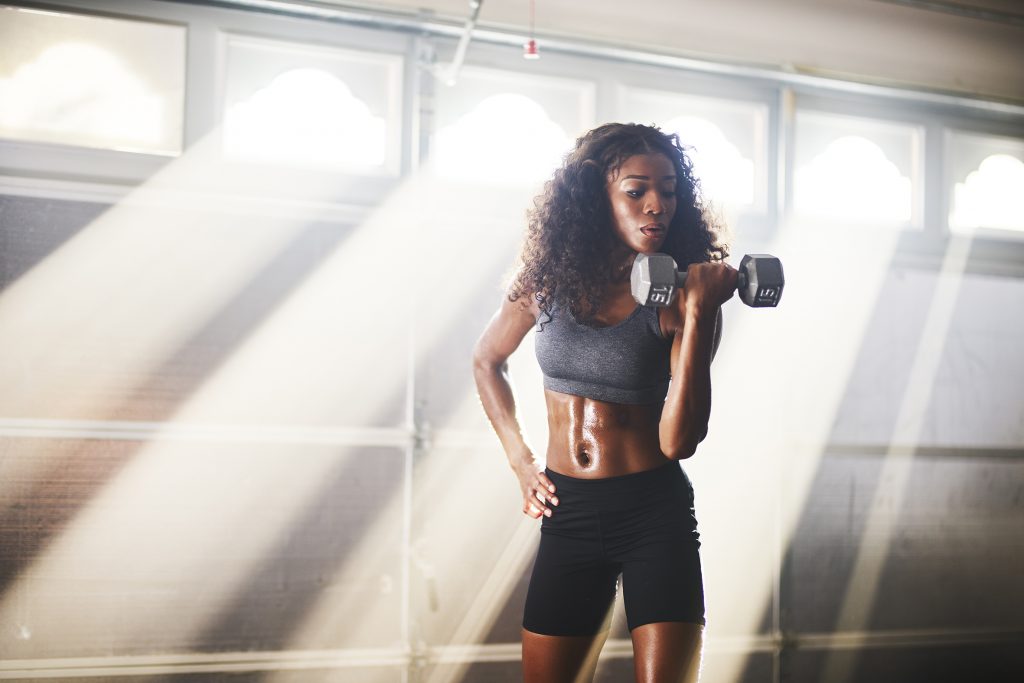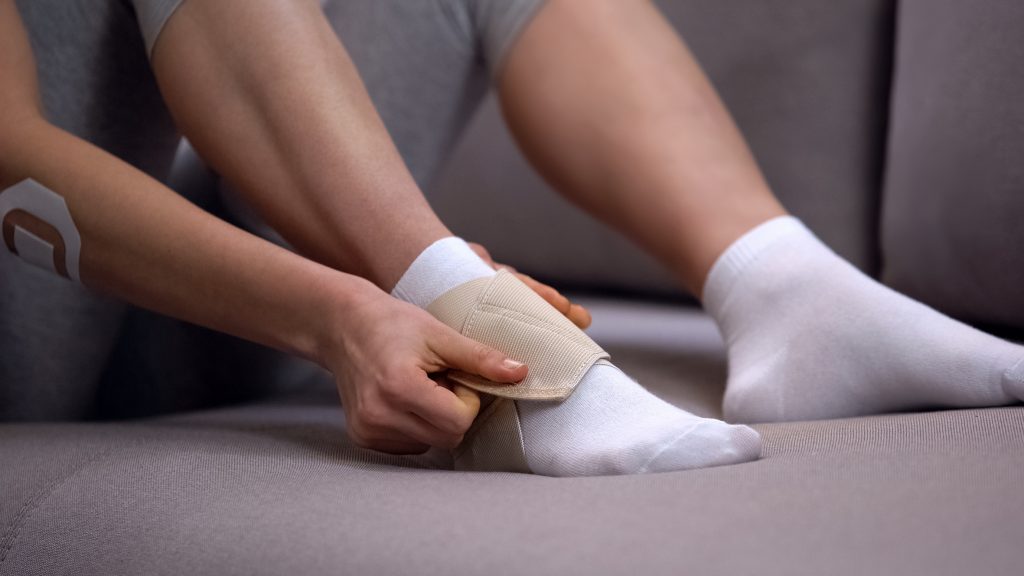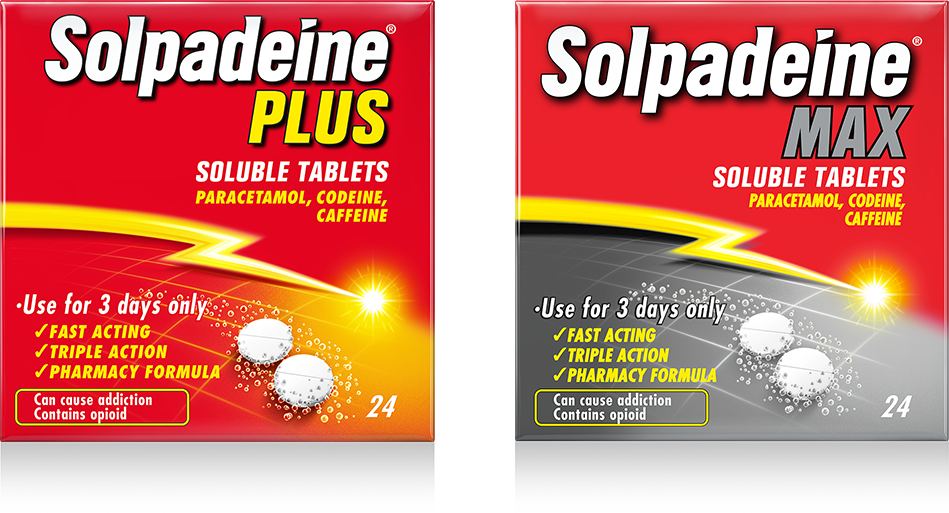What is muscle pain?
Muscle pain is common, especially if you have started a new type of exercise or activity and are using muscle groups in a way that they are not accustomed to.
Muscle pain causes
One of the key causes of muscle pain is starting a new activity, or increasing the intensity of an activity that you normally do. This type of muscle pain usually occurs one or two days after you have exercised. It doesn’t tend to last long, and is generally a positive sign that you are working your muscles differently. By practising the activity regularly, your muscles should keep getting stronger and ache less afterwards.1
However, muscle pain can sometimes be due to an injury during exercise, in which case it is more likely to hurt immediately, and be felt more as a sharp pain than an ache.1
Muscle pain types
Muscle pain can be due to starting a new type of activity or exercise, or intensifying your exercise routine, but it can also be due to an injury.
How do I know if I have a strain or sprain?
Sprains and strains are most likely to affect your ankle, foot, wrist, thumb, knee, leg or back. The area is likely to look swollen or bruised and you may feel like you can’t put any weight on it, or use it as you normally would. You may feel a cramping sensation or spasms.2

Muscle pain symptoms
Muscle pain due to new activity is normally quite a dull ache. Muscles may feel tender and stiff. If it’s due to an injury, the pain will probably feel sharper and you won’t be able to put any pressure or weight on the affected area.
Muscle pain relief
It’s best to start any new activity gradually and gently to allow the muscles time to adapt to new movements. And, if you warm up before you start exercising, you’re less likely to suffer an injury.1

If your muscles are sore from learning a new activity, you can still continue to exercise, but be sure to warm up first. If you have a muscle injury, however, you may need to rest it until you have recovered. If you’re not sure, you should make an appointment to talk to your GP about it.1
If you think you have a strain or sprain, remember the word ‘RICE’. In this context it stands for:2
• Rest: try not to put any weight on the injury and stop doing the activity
• Ice: apply an ice pack (a bag of frozen peas will do) – wrapped in a cloth or towel for around 20 minutes every few hours
• Compression: wrap a bandage around the injured area for support
• Elevate: If it’s your ankle, foot, knee or leg, keep it raised, resting on a pillow, as much as you can
Avoid heat on the affected area, when you have a strain or sprain, for the first few days, so don’t use heat packs or have a hot bath.2
Once you can move the injured area without it being too painful, try and move it as much as possible to prevent it getting stiff.2
There are pain relieving gels or creams available which you can gently apply to the affected area. Ask your pharmacist for advice on which product is best for you. You can also take ibuprofen or paracetamol orally. If you apply a treatment onto the skin, check the ingredients first before swallowing any medication as well, to make sure you don’t take too much of the same type of pain relief. If you’re unsure, ask your pharmacist about this as well.2
You should feel much less pain after two weeks, but it could take longer. You might benefit from some physiotherapy, so it’s worth asking your GP for advice if the discomfort is not getting better or is getting worse.2
If the pain relief you try at home is not easing the discomfort, you could go to your GP or a minor injuries unit. They may be able to prescribe stronger painkillers, or they may send you for an X-ray to check you haven’t broken a bone or bones.2
Cramp tends to come on suddenly and only last a short time. It’s very common in the legs and can happen when you’re in bed. Cramp is caused when a muscle in the leg shortens. You can get it in the calf, feet or thighs.3
Stretching and massaging the place that hurts can help, but it will usually go away by itself. You may just need to change position. Doing regular stretching exercises may avoid you getting cramp.3
If you regularly get leg cramp and it’s interrupting your sleep, you should make an appointment to see your GP so that they can check what might be causing it and see if it can be treated.3
There’s often no known reason why a person gets cramp. You might find you get leg cramp more often as you get older. You’re also more likely to get it if you’re exercising when it’s hot and humid. Some people find that they get leg cramps during pregnancy.3
Certain types of medication can cause cramp, so if you start getting leg cramps after beginning a new course of treatment, you should consult your GP. It can also be caused by dehydration or too much alcohol.3
If you get leg cramp when in bed, you could try lying on your front and hanging your feet over the end of the bed to keep your feet in a relaxed position. If you lie on your back in bed, try and keep your toes pointing upward. You can do this by placing a pillow under your leg or foot.4
You can also make sure your bedding is loose so that your legs and feet can move freely while you sleep, so that your toes don’t end up pointing downwards.4
Some people may get cramp in their arm, for example, if they play tennis. As with leg cramp, stretching and massaging the muscle is advised.5
Your pharmacist can advise you on suitable pain relief for strains and sprains, such as Solpadeine Plus or Solpadeine Max.
Treat my pain
The Solpadeine range of clinically proven dual and triple action painkillers deliver pain relief when you need it most

References:
1. NHS: Pain after exercise. Available at: https://www.nhs.uk/live-well/exercise/pain-after-exercise/ Accessed July 2021.
2. NHS: Sprains and strains. Available at: https://www.nhs.uk/conditions/sprains-and-strains/ Accessed July 2021.
3. NHS: Leg cramps. Available at: https://www.nhs.uk/conditions/leg-cramps/ Accessed July 2021.
4. BBC: How do I cure cramp? Available at: https://www.bbc.co.uk/programmes/articles/1qbXzcKLcGDh7Df411TJ1RZ/how-do-i-cure-cramp Accessed July 2021.
5. BBC Sport Academy – Cramp. Available at: http://news.bbc.co.uk/sportacademy/hi/sa/treatment_room/newsid_2131000/2131753.stm Accessed July 2021.
Solpadeine® Max Soluble Tablets, Paracetamol 500mg, Codeine Phosphate Hemihydrate 12.8mg, Caffeine 30mg For the treatment of acute moderate pain which is not relieved by paracetamol or ibuprofen alone. Contains codeine. Can cause addiction. Use for 3 days only. Always read the leaflet.
Solpadeine® Headache Soluble Tablets contain Paracetamol and Caffeine – a mild analgesic and antipyretic formulated to give extra pain relief. Always read the leaflet.
Solpadeine® Plus, Solpadeine® Max and Solpadeine® Headache products are not recommended for children under 12 years of age.
SolpaOne® 1000mg Effervescent Tablets contains paracetamol only. For the treatment of mild to moderate pain and/or fever. For adults and adolescents over 50kg of body weight aged 16 years and above. Always read the leaflet.

